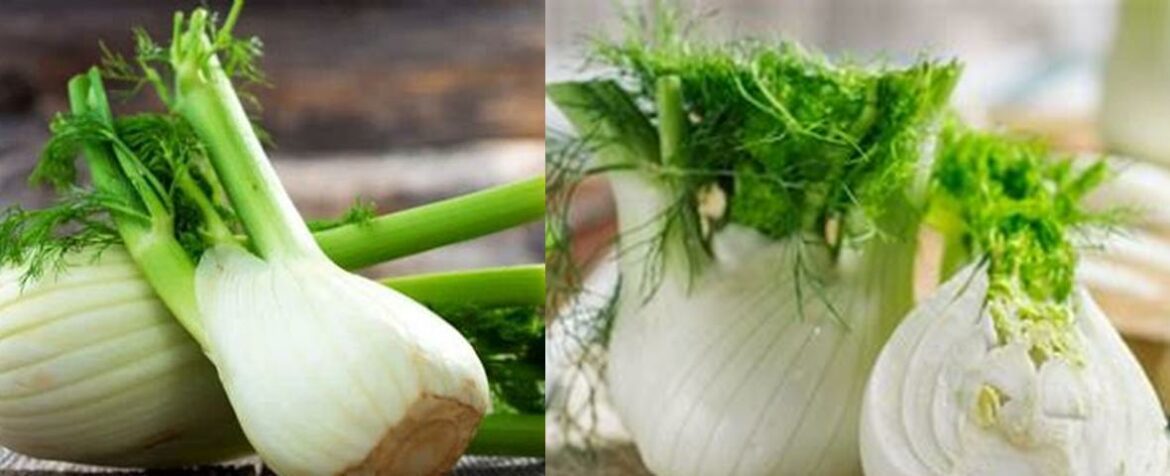What does fennel taste like: Uncover the Enigmatic Taste of Fennel: A Journey into the World of Distinctive Flavors
Have you ever wondered what fennel tastes like? Whether you’re a seasoned foodie or just starting to explore the world of gourmet delights, FleurdeSelGourmet is here to satisfy your curiosity. Join us on a flavorful adventure as we delve into the unique taste profile of this intriguing herb.
Prepare to be captivated by the aromatic allure and delicate nuances that fennel brings to the table. From its crisp texture to its refreshing notes, this versatile ingredient has been captivating taste buds for centuries. But what exactly makes fennel so special? Let’s dive right in and uncover the secrets of this culinary gem.
In this blog post, we’ll not only unravel the distinctive flavor of fennel but also answer frequently asked questions that have left many wondering about its taste. Whether you’re a culinary connoisseur or simply looking to expand your palate, we’ve got you covered.
Get ready to be enlightened and entertained as we explore the world of fennel’s flavor profile. Prepare to be surprised by relatable anecdotes, intriguing facts, and maybe even a sprinkle of humor along the way. So, get your taste buds ready for a journey like no other – it’s time to discover the enigmatic taste of fennel. Let’s dig in!
Fennel: Unveiling Its Distinctive Flavor Profile
In the realm of culinary exploration, fennel stands out as a versatile and flavorful ingredient, captivating taste buds with its unique blend of sweet, spicy, and aromatic notes. This Mediterranean native, belonging to the parsley family, has been prized for centuries for its distinct taste and medicinal properties. Join us as we embark on a sensory journey to discover the multifaceted flavors of fennel and explore its culinary versatility.
Unveiling Fennel’s Flavor Nuances
Fennel’s flavor profile is a symphony of diverse sensations, often described as a harmonious fusion of celery, licorice, and anise. This unique combination stems from the presence of aromatic compounds known as anethole and fenchone, which impart a sweet and slightly spicy character to the plant. The bulb, the swollen base of the fennel plant, possesses a more pronounced sweetness, while the feathery leaves boast a more intense licorice flavor.
Raw or Cooked: Fennel’s Culinary Versatility
Fennel’s culinary versatility knows no bounds, as it can be enjoyed in both raw and cooked preparations. In its raw state, fennel adds a refreshing crunch and a burst of flavor to salads, crudités platters, and sandwiches. Its delicate licorice notes pair exceptionally well with citrus fruits, shaved Parmesan cheese, and roasted nuts.
Cooking, on the other hand, brings out fennel’s caramelized sweetness. Roasted fennel, with its tender texture and concentrated flavors, makes a delightful side dish or addition to grain bowls and pasta dishes. Sautéed fennel, with its slightly softened texture, imparts a subtle anise flavor to stir-fries and vegetable medleys. Fennel’s bulb can also be braised or grilled, resulting in a tender and flavorful delicacy.
Culinary Applications: Embracing Fennel’s Versatility
Fennel’s culinary applications extend far beyond its raw and cooked forms. Its seeds, with their warm and slightly bitter taste, are often used as a spice in both sweet and savory dishes. The feathery leaves, with their pronounced licorice flavor, are commonly employed as a garnish or flavoring agent in soups, stews, and marinades. Fennel’s pollen, a prized ingredient in haute cuisine, adds a touch of floral sweetness and a vibrant yellow hue to dishes.
Health Benefits: Fennel’s Medicinal Merits
Beyond its culinary prowess, fennel boasts an array of health benefits, making it a true functional food. It is an excellent source of vitamin C, potassium, and fiber, essential nutrients for maintaining a healthy immune system, blood pressure, and digestive function. Fennel is also a good source of antioxidants, which help protect the body from damage caused by free radicals. Additionally, fennel has been traditionally used to alleviate digestive issues such as gas, bloating, and indigestion.
Conclusion: A Culinary Journey with Fennel
Fennel’s unique flavor profile and culinary versatility make it a beloved ingredient among chefs and home cooks alike. Whether enjoyed raw, cooked, or used as a spice or garnish, fennel adds a touch of elegance and complexity to a wide range of dishes. Its distinct licorice flavor may take some getting used to, but its versatility and health benefits make it worth exploring. So, embrace the culinary adventures that await with fennel, and let its unique flavors tantalize your taste buds.
FAQ about What Does Fennel Taste Like
Q: What does fennel taste like?
A: Fennel has a unique flavor profile that combines the tastes of celery, licorice, and anise. It has a sweet and slightly spicy character.
Q: How are fennel seeds used in cooking?
A: Fennel seeds are commonly used as a spice in both sweet and savory dishes. They have a warm and slightly bitter taste that adds flavor to various recipes.
Q: What are the culinary uses of fennel leaves?
A: Fennel leaves, with their pronounced licorice flavor, are often used as a garnish or flavoring agent in soups, stews, and marinades. They add a unique taste and aroma to these dishes.
Q: What does fennel pollen add to dishes?
A: Fennel pollen, a prized ingredient in haute cuisine, adds a touch of floral sweetness and a vibrant yellow hue to dishes. It enhances the flavors and visual appeal of various recipes.
Q: Is fennel’s flavor easy to get used to?
A: Fennel’s distinct licorice flavor may take some getting used to, but its versatility and health benefits make it worth exploring. It can add elegance and complexity to a wide range of dishes.
Q: What are the health benefits of fennel?
A: Fennel is not only flavorful but also offers health benefits. It is a good source of fiber, vitamin C, and potassium. It may aid digestion, reduce inflammation, and support heart health.


